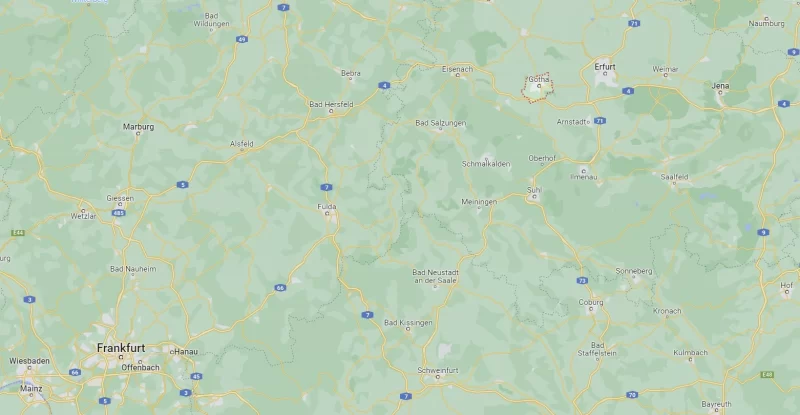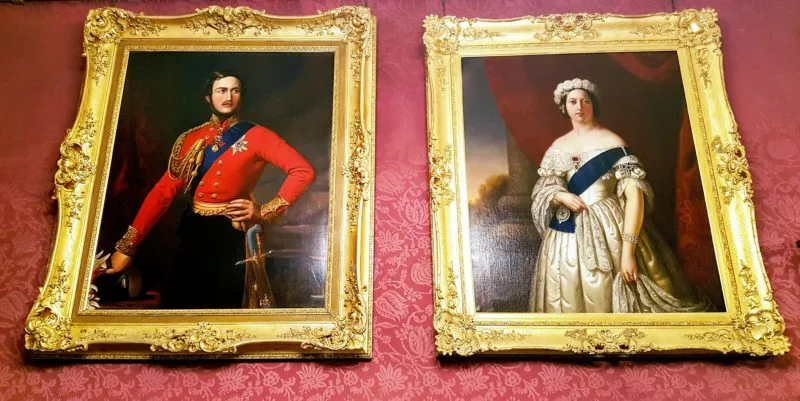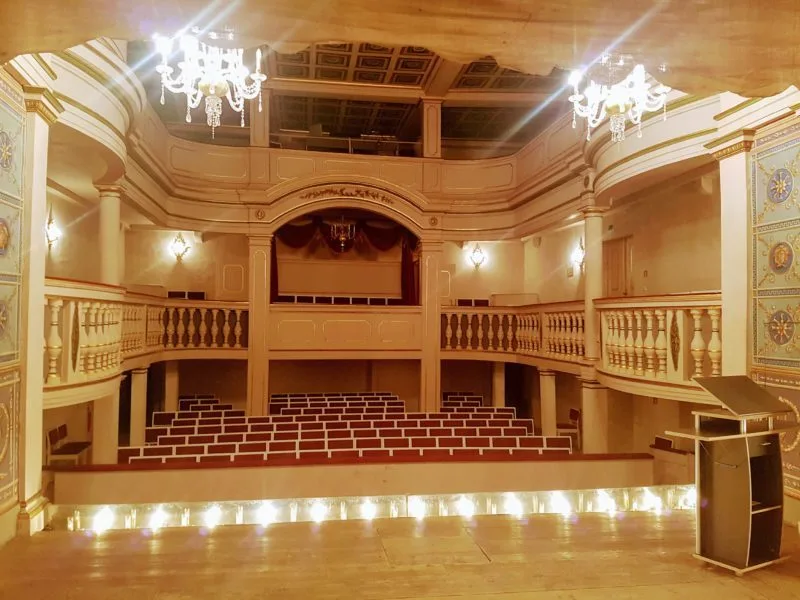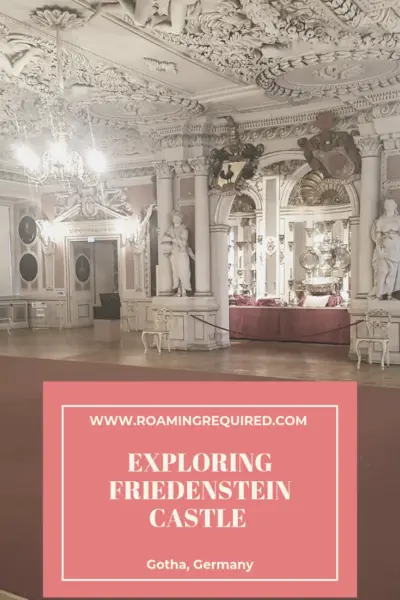Last updated: 29 July 2023
Updated April 2023. Are you planning a visit to Germany this year? If this is your first visit then there’s no doubt that Berlin, Munich, and Cologne have all made your To Travel List but have you considered exploring some of the lesser visited areas of Germany, such as the historic and fascinating region of Thuringia? If not, then there’s no better time than right now and one of the best cities to visit is Gotha, with it’s spectacular Schloss Friedenstein (Friedenstein Castle), conveniently located a 2.5 hour direct train from Frankfurt.
[lwptoc]
Why Visit Gotha?
Before visiting Gotha I’m not entirely sure I could have pointed out where it was on the map and but I am so glad that I had the opportunity to explore because it still remains one of my favourite places in Germany. My appreciation for Gotha had a lot to do with exploring Friedenstein Castle, more on that to follow, but I loved that Gotha was city (the fifth largest in the Thuringia region) but it still managed to retain a small town feel, perfect for picking a direction and taking a stroll and discovering its comprehensive history along the way. Oh, and speaking of history, did you know that there is a direct connection between Gotha and the English Royal Family?
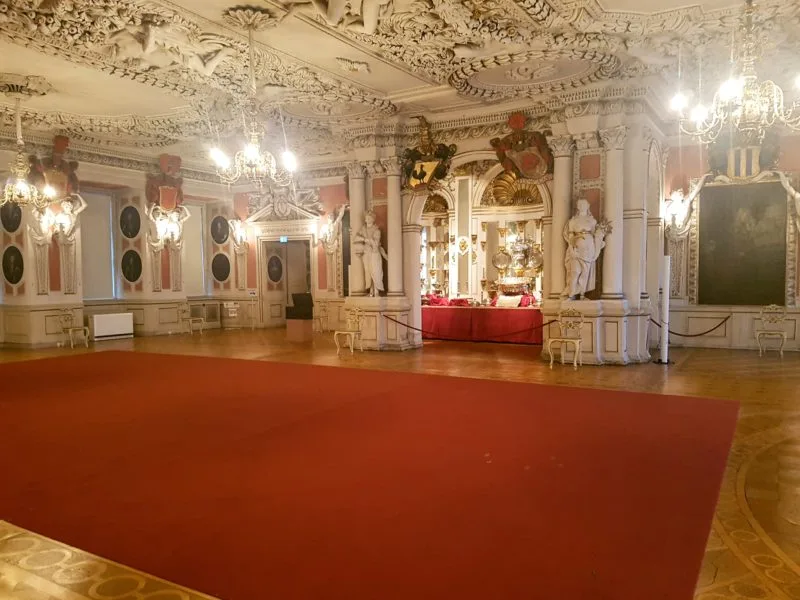
Where is Gotha?
If you’re travelling directly to Gotha then taking the direct train from Frankfurt is likely to be the easiest however if you’re exploring the Thuringia region then you’ll be happy to know that Gotha is located a short 25 min train ride from Arnstadt and only 20 min from Erfurt. Gotha is a relatively smaller town than its nearby neighbours, measuring 70 square km in total size and with a population of 44,000. But it’s precisely for this reason that you should go visit. You have the opportunity to explore historic venues, wonderful museums, and stroll through the streets without the constant stream of tourists.
Friedenstein Castle (Schloss Friedenstein)
One of the most popular and impressive places in Gotha is Friedenstein Castle (Schloss Friedenstein), also known as Friedenstein Palace.
Contained within Friedenstein Castle are a collection of museums; The Historic Museum, The Museum of Nature, The Castle Museum, and The Ekhof Theatre. I spent the majority of my time in Friedenstein Castle exploring The Castle Museum and the Ekhof Theatre, both of which fascinated me to the point where I ran out of time to explore the other museums. However, that just gives me another reason to return to Gotha for a follow up visit. More information on The Castle Museum and Ekhof Theatre to follow below.
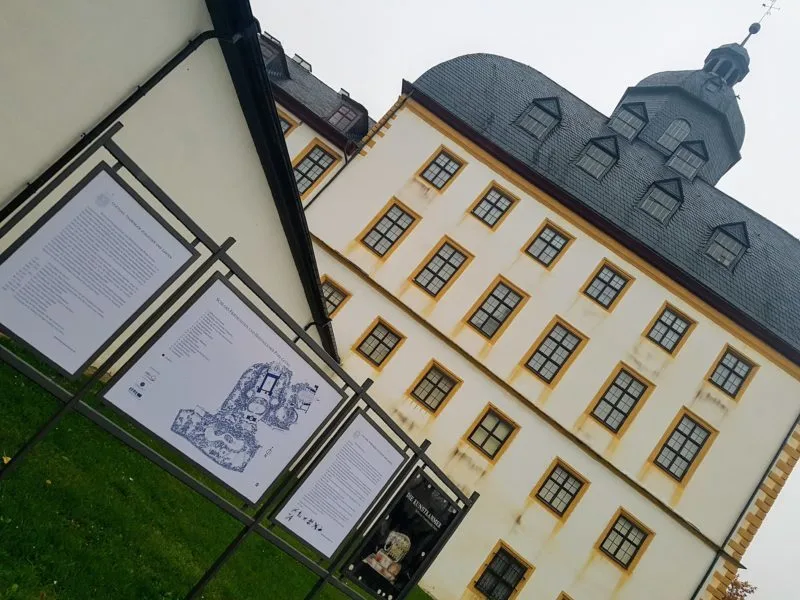
A Brief History
Built by Ernest I, Duke of Saxe-Gotha, between 1643 and 1654, Friedenstein Castle became the seat of the Dukes of Saxe-Gotha and well as their residence. Constructed to represent strength and authority, it’s hardly surprising to learn that the incredible building was one of the largest of its time.
It was towards the end of the Thirty Years War (1618-1648) that Ernst I (also known as Ernst the Pious), the new appointed Duke of Saxe-Gotha (later to include Altenburg), selected Gotha as his city of residence and commenced the construction of Schloss Friedenstein on a hill overlooking the city. The location of Friedenstein Castle was the site of a former 14th century castle; Grimmenstein Castle, which was destroyed 70 years before in a battle.

The name given to the royal residence, Friedenstein, can be translated as Rock of Peace, made relevant given its connection to the war. It’s also interesting to note that Friedenstein Castle looks exactly the same as it did in the 17th century having stood the test of time with no damage or major reconstruction.
The Castle Museum (Schloss Museum)
After spending time visiting the main castle courtyard which you’ll likely photograph from a variety of locations because there are photo opportunities aplenty, I recommend going upstairs to the entrance of the Castle Museum. The museum is comprised of the 38 exhibition rooms which are spread out over the north and west wings of the castle and contain some of the most exquisite and magnificently designed rooms and personal effects that I’ve ever seen. This is where you will experience the Ducal rooms and you will feel like you’re taking a step back in time.
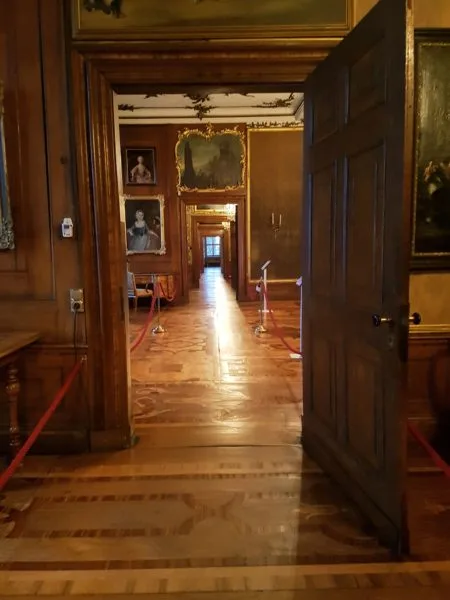
The entry fee is €10 for adults and €4 for concessions and this the part where you will collected your museum slippers. This was the first time I’d ever visited a museum (or stately residence) where I needed to wear big fluffy slippers over my shoes but it makes complete sense because the hardwood floors throughout the museum are all original from the 17th century and all possible care is taken to protect it.
As a fan of history, I absolutely loved that! Not only will you have the opportunity to walk through the Castle Museum admiring the 17th century ducal rooms and artwork but you’re also walking on the same floor that the Dukes of Saxe-Coburg-Altenburg walked on. This was definitely a highlight for me.
It is interesting to note that our visit to another royal residence, Osborne House on the Isle of Wight, also had original 19th century flooring but they were covered with carpet for preservation reasons. There was something that really appealed to me about being able to wear the slippers and see the original floors.
When’s The Best Time to Visit?
As Friedenstein Castle is one of the most popular places to visit in Gotha you can expect that it’s going to be busy at certain times of the year. However, did you know that if you visit The Castle Museum in the last hour (or so) of the day then you’re likely to have the entire place to yourself? That’s exactly what happened to me during my visit, it was just me taking in all the historic views and taking as many photos as I’d like without needing to wait for other visitors to move out of my photo. Bliss.
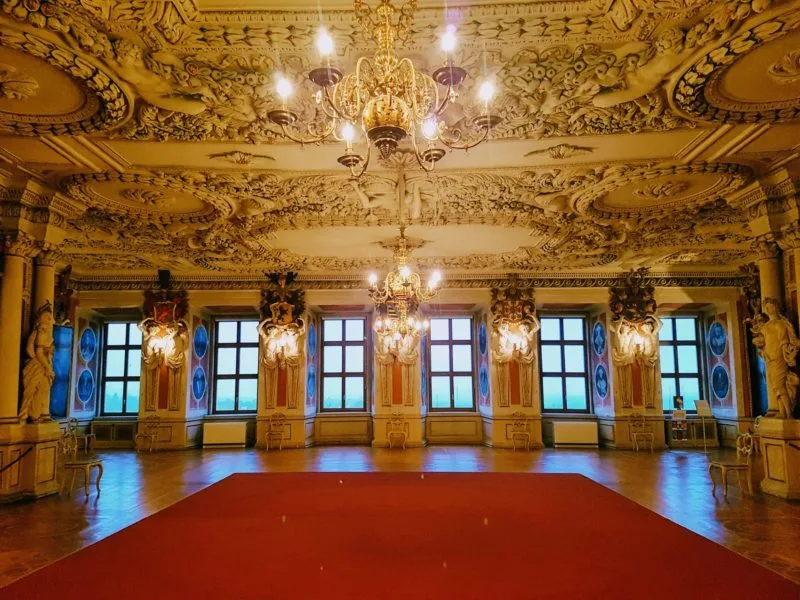
A member of the museum team explained to me that last year there were 200,000 visitors to the museum, a year on year increase. I have no doubt whatsoever that Friedenstein Castle will continue to grow year on year.
The German – British Royal Family Connection
As I mentioned earlier in this post, there is a very specific connection between Gotha and the British Royal Family, which was something that I had only learned during my visit to Friedenstein Castle.
Prince Albert was the second son of Ernest I, Duke of Saxe-Coburg and Gotha, meaning that when Prince Albert married Queen Victoria in 1840, the British Royal Family became connected to Gotha and the Thuringia region of Germany.
If you want to delve a little deeper into history, the connection between Gotha and the British Royal Family actually predates Queen Victoria and goes all the way back to 1736 to Princess Augusta of Saxe-Gotha-Altenburg who married the Prince of Wales and it was their son who ascended the British throne as King George III, who reigned for 60 years between 1760 and 1820 which makes him the third longest serving British monarch.
It was Princess Augusta’s granddaughter, later to be known as Queen Victoria, who established the Saxe-Coburg and Gotha connection with the UK following her marriage to her beloved Prince Albert in 1840. It’s interesting to note that it was King George V, Queen Victoria’s grandson, who changed the name of his branch from Saxe-Coburg and Gotha to the House of Windsor in 1917 following growing public anti-German sentiment.
The Historic Ekhof Theatre
One relatively unknown part of the Schloss Friedenstein is the Ekhof Theatre, and one part that I strongly recommend that you go and visit because you’re never go experience anything like it anywhere else in the world! If you’re a fan of the theatre, whether that’s watching a production in London’s West End, or New York’s Broadway, or even a local production, then you’ll appreciate the magic of the Ekhof Theatre.
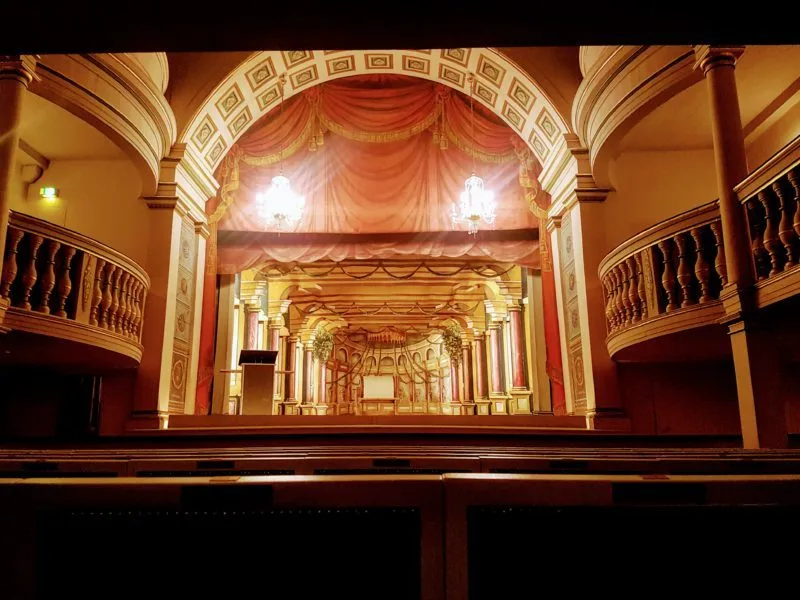
The Ekhof Theatre, named after Germany’s most prolific theatre actor – Conrad Ekhof, is the oldest baroque-style theatre still in operation today and is very popular during the summer where the Ekhof Festival kicks off over July and August! It’s where visitors from all over the world fill the 165 seat theatre to experience a variety of productions, all of which use the traditional stage methods from the 17th century!
See the below short video on how the sounds of thunder were produced…
Can You Hear The Sounds Of Thunder?
The theatre had been in use in one form or another since 1681 but it was only when the theatre was under the direction of Conrad Ekhof, with plays from notable playwrights such as Shakespeare, Moliere, and Voltaire, that the theatre reached his highest development.
The Ekhof Festival
Each year over the summer, the annual Ekhof Festival takes place treating theatre fans to an assortment of productions generally focused on the works of a specific playwright. This year’s Ekhof Festival will be running over the 26 and 27 August 2023.
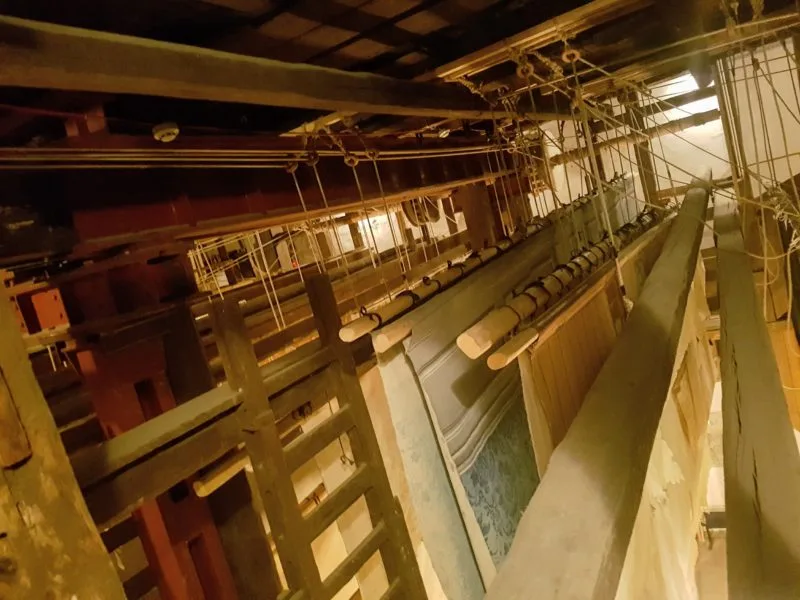
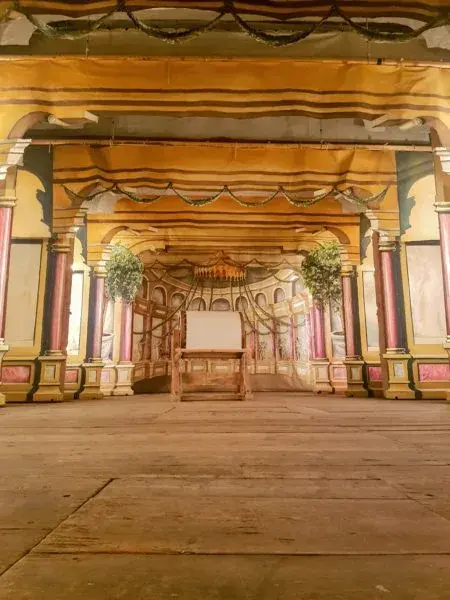
Final Thoughts
If you’re planning a visit to Germany this year then one of the best decisions you are likely to make is to include a visit to Gotha and discover its incredible history, understand the royal connection between Germany and the UK, and explore a lesser visited region on Germany which have you wanting to return long after you’ve returned home.
The Essentials
Schloss Friedenstein
- Location: Schloßgasse 1, 99867 Gotha, Germany
- Opening Hours: Tues-Sun 10 am to 5 pm (4 pm close during winter)
- Price:
- €12 / €6 concession (Castle, Castle Museum, and Ekhof Theatre)
- €8 / €4 concession (Ducal Museum)
- €16 / €8 concession (Combined ticket – Castle, Castle Museum, and Ducal Museum)
- Russell’s Recommendation: Plan more time than you think, you’re going to love it!
Like it? Pin it for later
Disclaimer
Our visit to the Thuringia region was in partnership with the Thuringia Tourism Board. As always, all opinions expressed are our own
